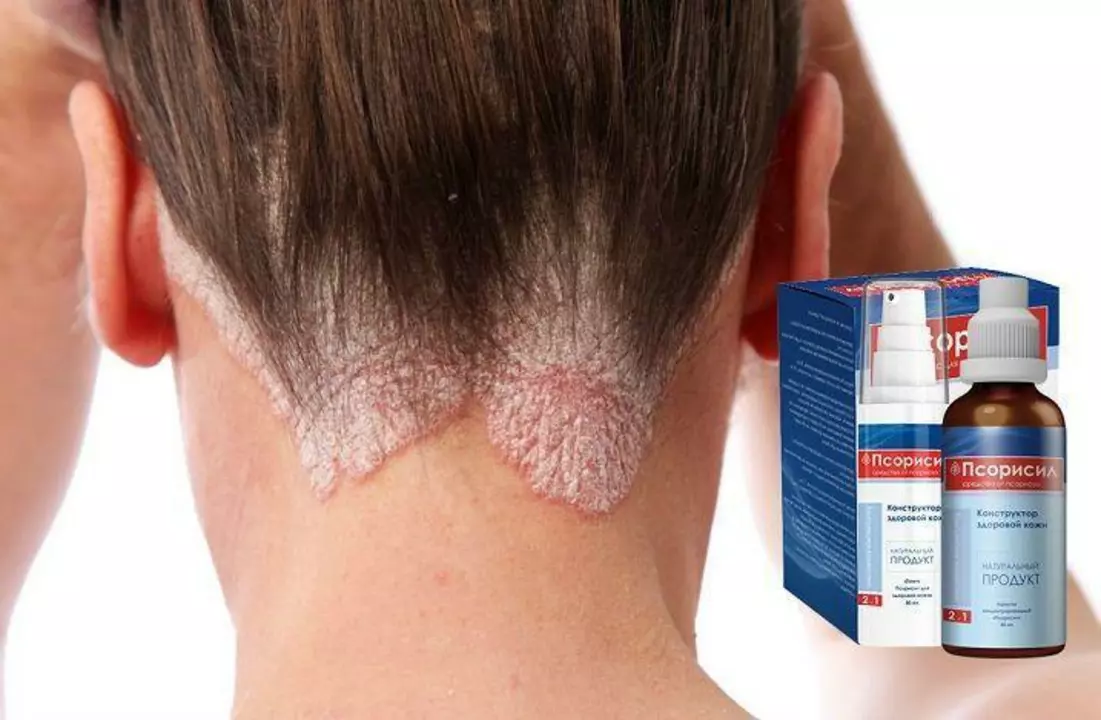Psoriasis treatment: what works and how to pick the right option
Psoriasis treatment can feel overwhelming, but most people get clear improvement with the right plan. The main goals are to control flares, reduce scaling and itching, and lower the chance of long-term skin damage. Treatments fall into three broad groups: topical (creams and ointments), light-based (phototherapy), and systemic (pills or injections). Which one fits you depends on how much skin is involved, how your joints feel, and your overall health.
Topical treatments and simple at-home care
If your psoriasis covers a small area, start with topicals. Corticosteroid creams reduce inflammation and work fast for flares. Vitamin D analogs (like calcipotriene) slow skin cell growth and are great for ongoing control. For thick plaques, try a keratolytic like salicylic acid to help other medicines penetrate. Coal tar and topical retinoids still help some people, especially on the scalp.
Everyday skin care matters. Use a heavy moisturizer daily, take lukewarm baths (add a bit of oil or colloidal oatmeal), and pat skin dry. Avoid harsh scrubs and tight clothing where plaques rub. If stress or smoking triggers your flares, focus on reducing those — simple wins often cut flare frequency.
Phototherapy and systemic options
Phototherapy uses controlled UV light to slow immune-driven skin cell turnover. It's a good middle step when topicals alone aren’t enough. Treatments occur in a clinic a few times weekly and show steady improvement for many people.
When psoriasis is widespread, affects quality of life, or causes joint pain (psoriatic arthritis), systemic treatments are next. Traditional oral meds like methotrexate, cyclosporine, or acitretin work well but need regular blood tests. Newer targeted pills like apremilast offer another option with a different side effect profile.
Biologics—injectable or IV drugs—target specific parts of the immune system (TNF, IL-17, IL-23). They’ve changed outcomes for moderate-to-severe psoriasis: many patients get large, lasting improvements. Downsides include cost, occasional infections, and the need for monitoring, but for many people the benefits outweigh the risks.
Choosing a treatment is a team decision. Talk to your dermatologist about goals: clear skin vs. fewer flares vs. joint protection. Mention any meds, infections, pregnancy plans, or other health issues — that matters for safety and choice.
If you’re still struggling after a few months of treatment, ask about combination therapy (for example, a topical plus light or a biologic plus a topical). Also ask about support resources: nurse lines, injection training, and financial assistance programs can make advanced treatments easier to access.
Have questions about side effects, monitoring, or what to expect week-to-week? Bring them to your appointment. A clear, realistic plan plus simple daily care often makes psoriasis manageable and gets your skin back to feeling like your own.
As a psoriasis sufferer, I know finding the right treatment can be challenging. Recently, I've been exploring Acitretin, a medication that has shown promising results in managing this condition. It's crucial to find the right dosage for optimal results and to minimize side effects. In my research, I've discovered that working closely with a healthcare professional is essential for determining the appropriate Acitretin dosage tailored to each individual's needs. I hope sharing this information helps fellow psoriasis patients in their journey towards better skin health.
View Details

